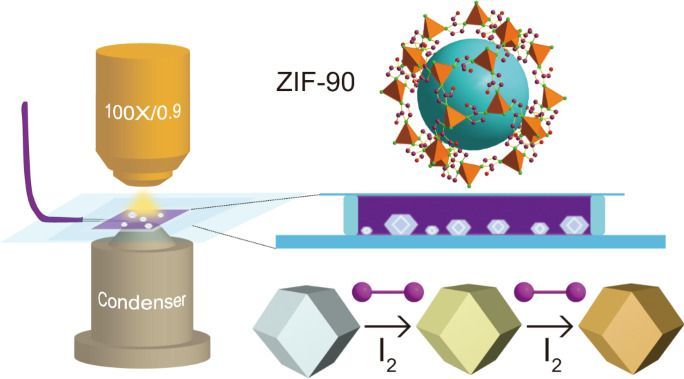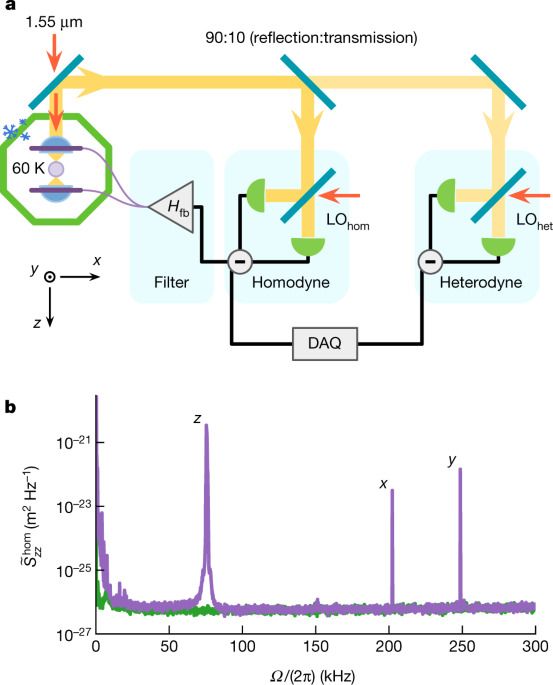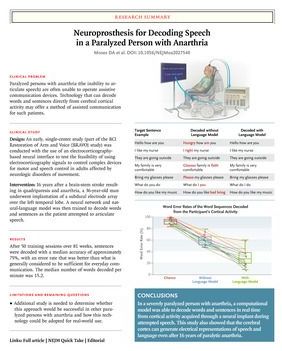As chipmakers crank up production to help ease shortages, a new fear is creeping in.
We hand out cash freely to some people, while we plague others with fraudulent debt notices that may cripple financially, with dire ultimate consequences.
There is a case to be made for a universal basic income (UBI) — an unconditional payment to everyone that ensures the basics of life are catered for. It may give people security to leave a bad situation, or freedom to pursue a new future. No conditions means no bureaucracy, which improves productivity and efficiency, and the universal nature of UBI means even conservatives can get on board.
But how to afford such a payment? Surely giving away free money would blow the budget?
Money is fungible, so while some payments are labelled as welfare and other line items may be called discounts, its is only the bottom line* of the balance sheet that matters. Looking solely at the bottom line, we may be far closer to an Australian UBI than you think.
Consider low income individuals — we already have a safety net in Australia to provide the poorest in the community with some minimum standard of living. We give them money to ensure the basics are met — a payment already included in any commonwealth budget.
These jets blast material at nearly the speed of light.
Researchers obtained the highest resolution images yet of eruptive jets streaming from a black hole. These findings were published in “Nature Astronomy.”
We can all learn from how today’s young people evaluate truth online.
Members of Gen Z are presumably more digitally savvy than their predecessors, but influencer culture perpetuates their sharing of misinformation.
The TikTok-famous dog appears to communicate her nightmare, raising profound questions about animal cognition.
Developed with ford performance, this ev gets some air and annihilates the quarter mile.
Zeolitic imidazolate frameworks are promising as high-capacity iodine adsorbents. Here the authors image the gaseous I2 adsorption on single ZIF-90 particles, clarifying the inter-particle heterogeneity in adsorption reactivity and performance improvement after introduction of linker defects.
Quantum control of an optically levitated nanoparticle with a mass of just one femtogram is demonstrated in a cryogenic environment by feedback-cooling the motion of the particle to the quantum ground state.
Original Article from The New England Journal of Medicine — Neuroprosthesis for Decoding Speech in a Paralyzed Person with Anarthria.
Dr. Moses, Mr. Metzger, and Ms. Liu contributed equally to this article.
A data sharing statement provided by the authors is available with the full text of this article at NEJM.org.
We thank the study participant “Bravo-1” for his dedication and commitment; the members of Karunesh Ganguly’s laboratory for help with the clinical study; Mark Chevillet, Emily Mugler, Ruben Sethi, and Stephanie Thacker for support and feedback; Nick Halper and Kian Torab for hardware technical support; Mariann Ward for clinical nursing support; Matthew Leonard, Heather Dawes, and Ilona Garner for feedback on an earlier version of the manuscript; Viv Her for administrative support; Kenneth Probst for illustrating an earlier version of Figure 1; Todd Dubnicoff for video editing; and the participant’s caregivers for logistic support.









